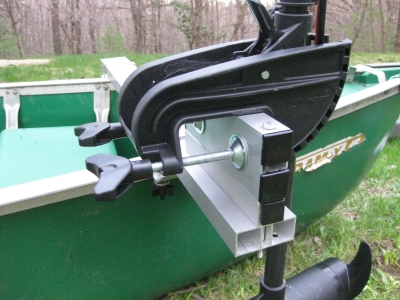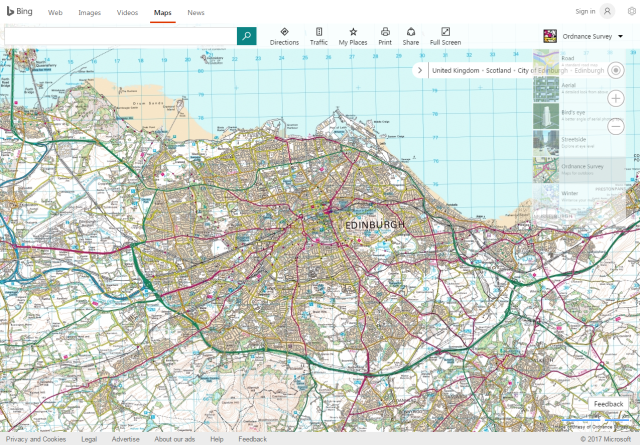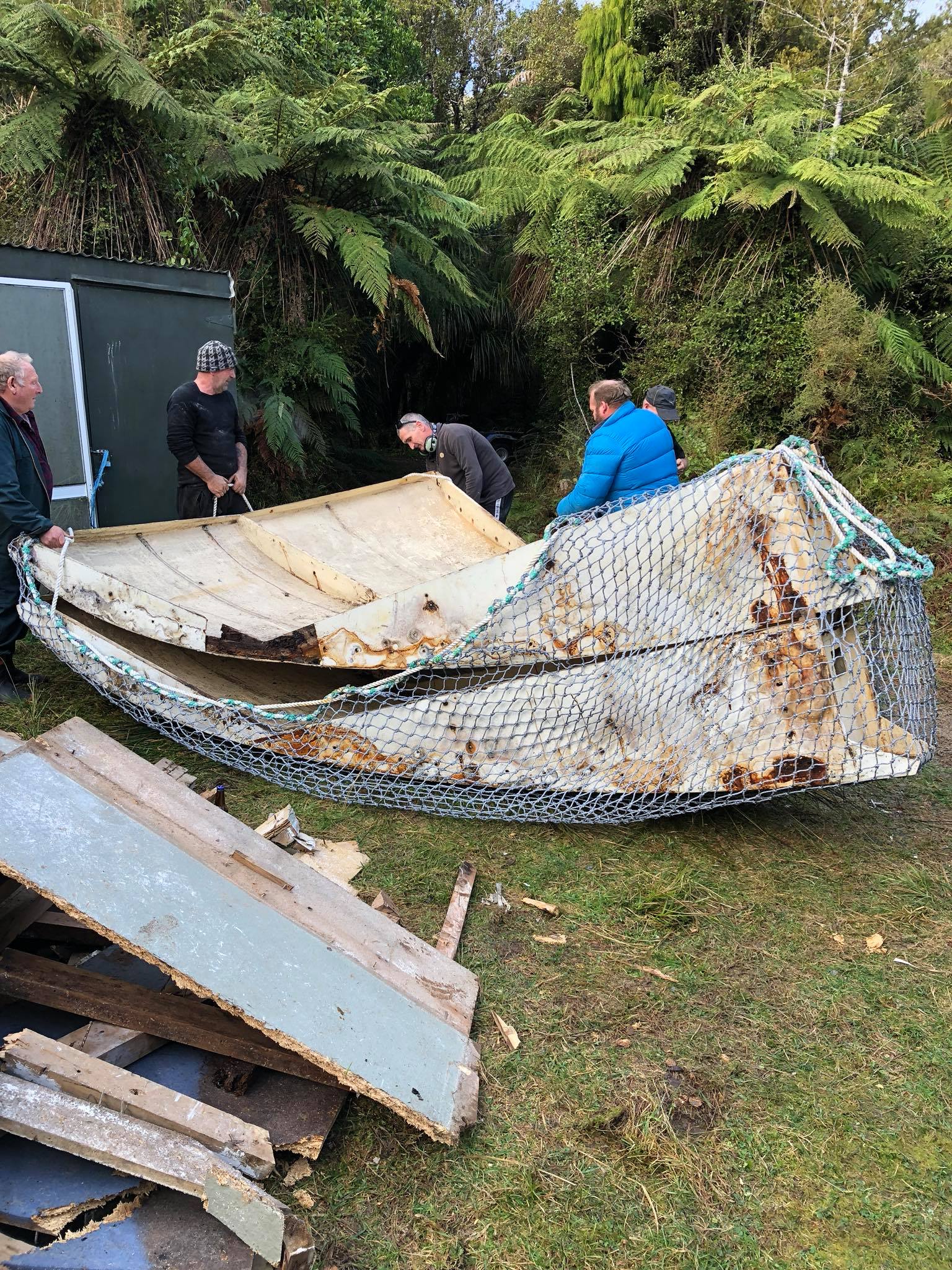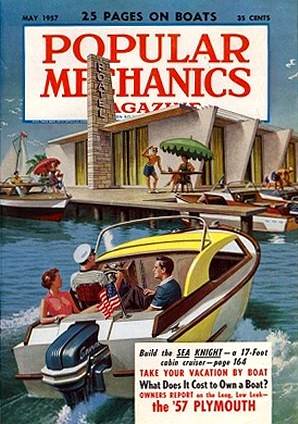Classic Wooden Boat Kits for Traditional Handcrafted Boats
The allure of handcrafted wooden boats transcends generations. The rhythmic tap of hammer against wood, the scent of freshly planed timber, and the eventual satisfaction of a seaworthy vessel born from one's own hands – these are experiences that draw many to the captivating world of wooden boatbuilding. While building a boat from scratch requires extensive skills and time, the availability of high-quality classic wooden boat kits offers a viable and rewarding alternative for aspiring boatbuilders of all skill levels.
The Appeal of Wooden Boat Kits
Wooden boat kits provide a carefully curated pathway to building a traditionally styled boat. They streamline the process significantly, offering pre-cut lumber, meticulously designed plans, and often, essential hardware. This reduces the demanding aspects of sourcing materials and designing the hull, allowing the builder to focus on the intricate and fulfilling craftsmanship of assembly and finishing.
Advantages of Using Kits
- Pre-cut lumber: Kits eliminate the time-consuming and challenging task of cutting and shaping the lumber to precise specifications. This ensures accuracy and consistency throughout the build.
- Detailed plans and instructions: Comprehensive plans and step-by-step instructions, often accompanied by helpful diagrams and illustrations, guide the builder through every stage of the process, minimizing potential errors.
- Reduced material waste: Pre-cut lumber significantly reduces waste compared to building from scratch, resulting in cost savings and a more environmentally friendly approach.
- Accessibility for various skill levels: Kits cater to different skill levels, with some offering simpler designs ideal for beginners, while others challenge experienced builders with intricate details and advanced techniques.
- Wider range of designs: Kits are available in a diverse range of classic boat designs, including rowboats, dinghies, canoes, and small sailing vessels, offering a boat to suit individual preferences and needs.
Choosing the Right Kit: Factors to Consider
Selecting the appropriate kit requires careful consideration of several factors. The choice ultimately depends on the builder's skill level, available resources, and desired boat characteristics. Careful research and a realistic assessment of one's capabilities are crucial for a successful build.
Skill Level Assessment
Beginners should opt for kits offering simpler designs and detailed instructions. These kits often emphasize straightforward joinery techniques and minimize complex shaping requirements. Experienced builders, on the other hand, may prefer kits with more intricate details and challenging construction methods, allowing them to hone their skills and create a truly bespoke vessel.
Boat Size and Type
The size and type of boat should be carefully chosen based on intended use and available storage space. A smaller rowboat or dinghy is ideal for beginners and those with limited storage. Larger sailing vessels, while more ambitious projects, offer a greater sense of accomplishment upon completion. Consider the intended use – fishing, recreation, or leisurely cruising – to select a boat design that appropriately meets these requirements.
Material Quality and Supplier Reputation
Investigating the reputation of the kit supplier is crucial. Reputable suppliers provide high-quality lumber, accurate plans, and excellent customer support. Consider reading reviews and testimonials from previous customers to gain insights into the supplier's reliability and the quality of their kits. The type of wood used is also an important consideration. Traditional boatbuilding often employs durable and water-resistant woods like cedar, mahogany, or oak. The quality of the lumber directly impacts the longevity and performance of the finished boat.
Cost and Budget
Wooden boat kits range in price depending on the size, complexity, and materials used. It's essential to establish a realistic budget and select a kit that aligns with financial constraints. Remember to factor in additional costs such as tools, finishing materials, and hardware, which can significantly add to the overall expense.
The Building Process: A Step-by-Step Overview
The construction of a wooden boat from a kit is a rewarding and methodical process. While specific steps vary depending on the kit and design, a general overview illustrates the stages involved.
Preparation and Planning
Before commencing construction, it is crucial to thoroughly review the plans and instructions. Gather all necessary tools and materials, ensuring a well-organized workspace is established. This meticulous preparation minimizes delays and ensures a smoother building process.
Hull Construction
This stage involves assembling the boat's hull according to the provided plans. This typically includes joining pre-cut planks, ribs, and stem pieces using traditional techniques like scarf joints or mortise and tenon joinery. Careful attention to detail and precise measurements are paramount during this phase.
Deck and Superstructure
Once the hull is complete, the deck and any superstructure (e.g., cabin, cockpit) are added. This often involves similar joinery techniques as the hull construction, with meticulous attention paid to water tightness and structural integrity. This stage requires precision and patience to ensure a clean and aesthetically pleasing finish.
Finishing and Detailing
This final phase involves sanding, priming, painting, and varnishing the boat. Careful selection of appropriate finishes enhances the boat's durability and aesthetics. Adding hardware such as seats, oars, and rigging completes the build. This meticulous attention to detail ensures the boat is both visually appealing and well-protected from the elements.
The Rewards of Building Your Own Classic Wooden Boat
Building a wooden boat from a kit is more than just a construction project; it's a journey of discovery, skill development, and immense personal satisfaction. The process cultivates patience, precision, and a deep appreciation for traditional craftsmanship. The final product – a beautiful and functional wooden boat – stands as a testament to the builder's dedication and skill, offering years of enjoyment on the water.
Beyond the practical advantages, the emotional and personal rewards are substantial. The experience fosters a sense of accomplishment, creativity, and connection to maritime heritage, creating a lasting legacy for generations to come.
























